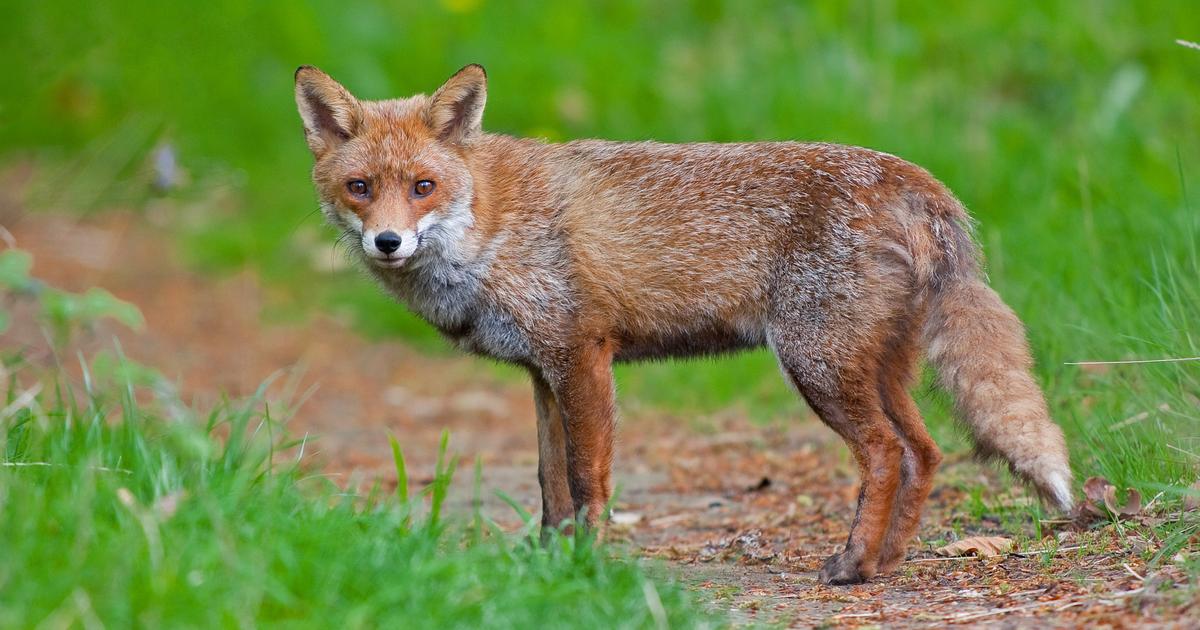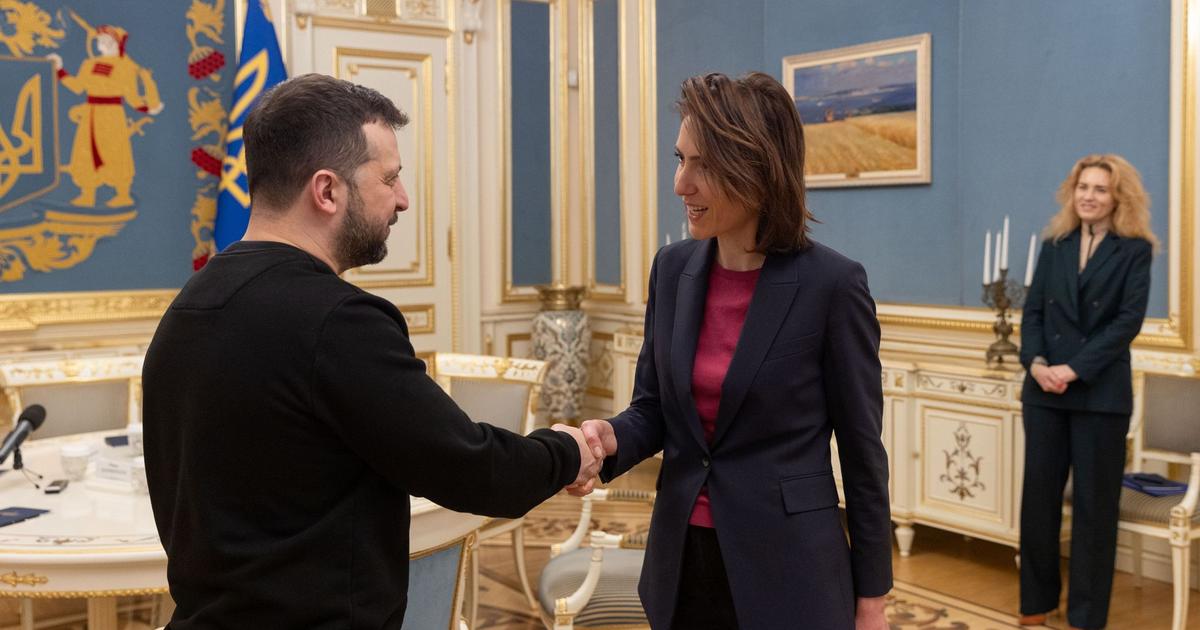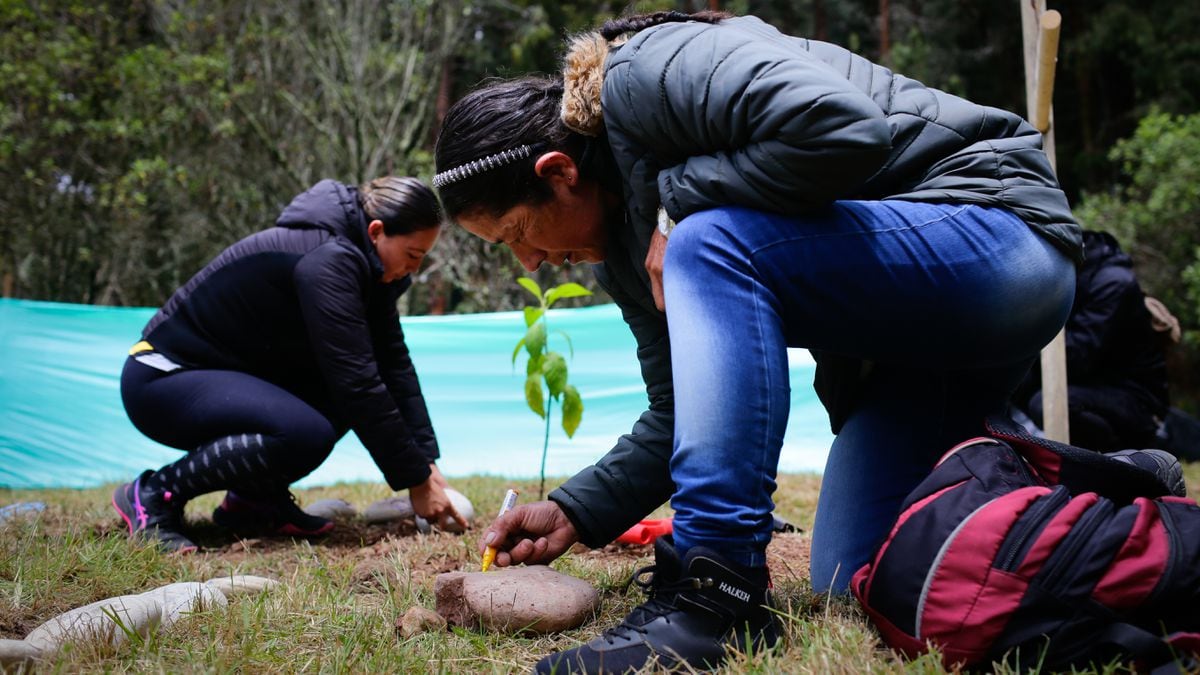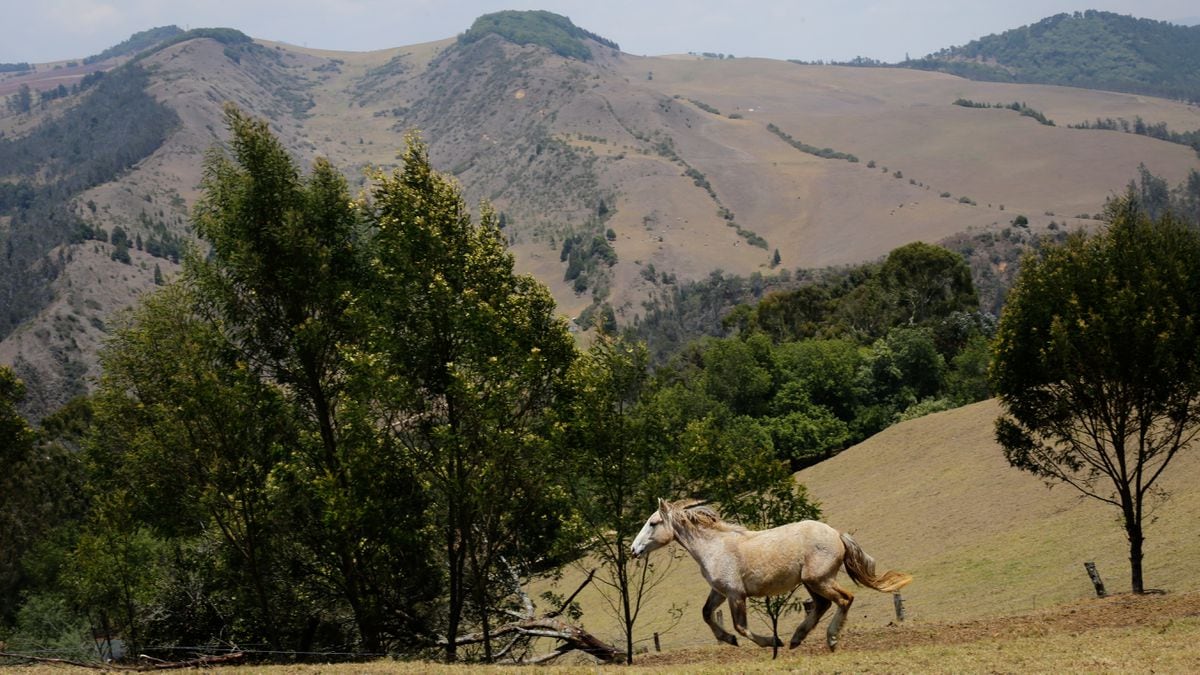View of the facade of the 'massage house', a torture center located in the town of Santa Fe, in the center of Bogotá. SECRETARY OF SECURITY
In Bogotá the horror is traveling in carts and garbage bags.
For more than a month, the appearance of corpses with signs of torture has terrified citizens of different neighborhoods of the city.
The headlines are repeated with the same formula but with changes in location: “The Police find a body in a plastic bag in the center of Bogotá, in Teusaquillo, in San Cristóbal, in Engativá or Usme, adding up to at least 12 deaths.
The latest macabre discovery occurred this Thursday in the town of Kennedy, in the southwest of the Colombian capital.
Two Venezuelans, 25 and 30 years old, were found dead in a cart, one of those usually used for recycling.
Authorities attribute the murders to revenge for drug profits between criminal gangs.
Kennedy Police Commander Luis Acosta confirmed that the two Venezuelan migrants, both with criminal records, died of gunshot wounds and suffered blows to the skull and back.
"They were in an abandoned cart covered with garbage bags," he explained.
The bodies were abandoned at dawn by two men and a woman, who have not yet been arrested.
Neighborhood residents alerted police after seeing blood running down the cart.
The city was barely recovering from the impact of another similar case.
The one about the body of a man found in a street, wrapped in a red mattress, and brutally murdered.
The autopsy carried out by the forensic experts of the National Institute of Legal Medicine showed that he had 161 wounds with a sharp weapon.
The report concluded that the death was the product of acts of "extreme violence and cruelty", assured the Prosecutor's Office.
The capture of two men accused of transporting and abandoning the lifeless body of a man, on March 27, in the center of the city, led the Police to identify the house where he was murdered and opened a pandora's box about the starting point of other murders.
It is known as the massage house or the green house, which turned out to be a center for beatings and torture, as was heard during the arrest hearing.
“There are six criminal news records that refer to this house,” said the Prosecutor's Office.
The existence of the place fueled an old discussion about whether or not there are so-called pique houses in Bogotá, as the places where people are dismembered in Buenaventura, in the Colombian Pacific, are known.
It also raised the magnitude of the problem facing the capital, hit by deteriorating security, which is also expressed in constant violent street robberies.
Detainees allegedly involved in 'The house of massages', a house used for torture and murder in the center of Bogotá. NATIONAL POLICE
The security secretary of Bogotá, Aníbal Fernández de Soto, reduced the dimension of what happened in the massage house, the euphemism of murder house.
“According to the Prosecutor's Office, some homicides could be associated with the house.
But there is not, according to the investigation of the Judicial and Criminal Investigation Section (Sijín), a generalized pattern that indicates that in this house or in another, there is a systematic exercise of homicides in that sense.
The discovery of corpses in bags that has shocked the city is not new.
Hugo Acero, security expert and former security secretary of the Bogota Mayor's Office, recalled that in 2019 six bodies were found;
in 2020, during the strictest moments of the quarantine, there were three;
in 2021, two cases were registered (one of them related to a femicide);
up to 12 so far this year.
Revenge
Bogotá is a huge city, with seven million inhabitants, and dozens of criminal gangs converge with organized criminal structures.
The authorities relate these murders to a clash between two groups.
Marisol Gómez, councilor for Bogotá, says there is a correlation with the increase in cocaine production in Colombia.
According to the UN, although the number of hectares planted decreased by 7% in 2020, there was an increase in production.
“Before, most of the cocaine left the country;
not now.
During the pandemic, consumption increased and drug traffickers saw cities like Bogotá as an excellent place,” says Gómez, who has also studied the armed conflict.
For this reason, he affirms, criminal groups such as the Clan del Golfo, La Cordillera or the Caparrapos, which operate in different areas of the country, have employees in the cities and fight for micro-trafficking spaces.
In this cocktail of post-pandemic, unemployment and drug trafficking, Venezuelan migrants are in the middle, points out Gómez.
"They are the new breeding ground, because they are young people without work."
In Colombia, there are more than a million and a half Venezuelan migrants and according to Legal Medicine, between 2017 and 2021, 1,761 were murdered.
The latest figures from the Police indicate that in 2020 11,800 Venezuelans were captured for different crimes.
Councilman Diego Cancino urges the Mayor's Office to admit the "size of the problem" and present a more detailed diagnosis of this phenomenon that frightens citizens.
“We need to know who is responsible and if the paramilitary practices of years ago in cities like Buenaventura or Barrancabermeja are deeply permeating the city of Bogotá.
We need a clear diagnosis,” he adds.
Acero considers that this goes beyond micro-trafficking.
“What is behind this type of cruel murder and evidence of torture are organized criminal structures, which act in the style that Pablo Escobar or the paramilitaries used in another era.”
The expert maintains that, for years, local administrations have minimized the impact of these criminal organizations that, in addition to drug trafficking, are dedicated to human trafficking and
pay daily
or drop by drop (usurious loans whose collections are demanded with violence) .
Experts say that the authorities must also assess the financial capacity of these structures.
“The Police and the Prosecutor's Office must not only capture those who transport the bodies, who are usually street dwellers who lend themselves to committing this crime, but also those who killed, the bosses who ordered that they be tortured.
As long as those who give the orders are not stopped, this will continue”, concludes Acero.
Subscribe here
to the EL PAÍS América
newsletter
and receive all the key information on current affairs in the region.









